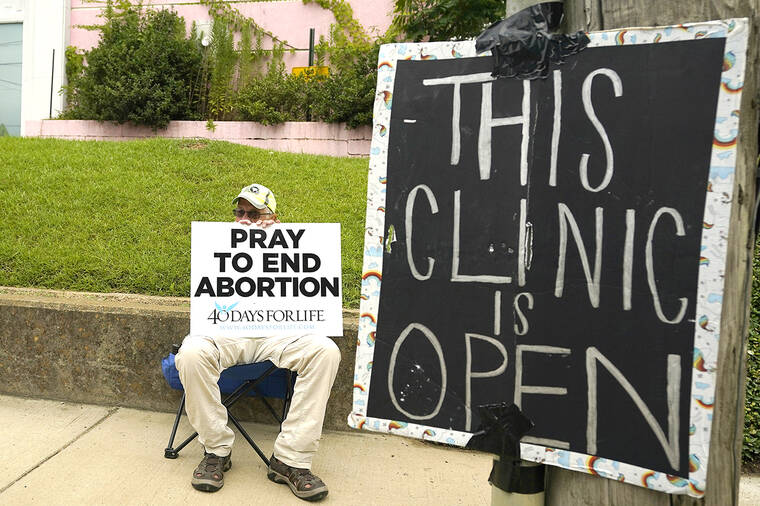About as many abortions are happening in the US monthly as before Roe was overturned, report finds
The number of abortions performed each month is about the same as before the U.S. Supreme Court overturned Roe v. Wade and the nationwide right to abortion more than a year and a half ago, a new report finds.
The latest edition of the #WeCount report conducted for the Society of Family Planning, a nonprofit organization that promotes research on abortion and contraception, finds that between 81,150 and 88,620 abortions took place each month from July through September of last year, the most recent period for which survey results are available. Those numbers are just slightly lower than the monthly average of about 86,800 from April through June 2022, before Roe and just after was overturned.
But abortion data is seasonal, and the same survey found more abortions across the U.S. in the spring months of 2023 than it did in the period the year before leading up to the court’s decision.
The report also finds that prescriptions of abortion pills by telemedicine have become common, accounting for about one in every six abortions in the most recent three months of survey results.
“Even when a state bans abortion, people continue to need and seek abortion care,” Alison Norris, a professor at Ohio State University’s College of Public Health and one of the co-chairs of the study, said in a statement. “We can’t let the overall consistent number of abortions nationally obscure the incredible unmet need and disastrous impact of abortion bans on people who already have the least access.”
The report estimates that if states had not been allowed to ban abortion, there would have been a total of 120,000 more during the survey period in the 14 states where bans on abortion at all stages of pregnancy are now in place.
Although the number of monthly abortions has dropped to nearly zero in states with bans, they have risen in states that allow abortion, including Florida, Illinois and Kansas, which border states with bans.
The tracking effort collects monthly data from providers across the country, creating a snapshot of abortion trends after Roe v. Wade was overturned. In some states, a portion of the data is estimated. The effort makes data public with less than a six-month lag, giving a picture of trends far faster than annual reports from the U.S. Centers for Disease Control and Prevention, where the most recent report covers abortion in 2021.
The report does not cover self-managed abortions obtained outside the formal health care system — such as if someone gets abortion pills from a friend without a prescription.
The Supreme Court’s Dobbs v. Jackson ruling in June 2022 brought about immediate change in state policies. Currently, 14 states are enforcing bans on abortion in all stages of pregnancy and two more have bans that kick in after the first six weeks — often before women realize they’re pregnant. Other Republican-controlled states have imposed lighter restrictions. Enforcement of some bans has been put on hold by courts.
Meanwhile, most Democrat-controlled states have taken steps to protect access to abortion. Several have executive orders or laws that seek to keep states with bans from reaching across state lines in abortion-related investigations. And five — Colorado, Massachusetts, New York, Vermont and Washington — have laws seeking to protect providers who give abortion care via telehealth.


